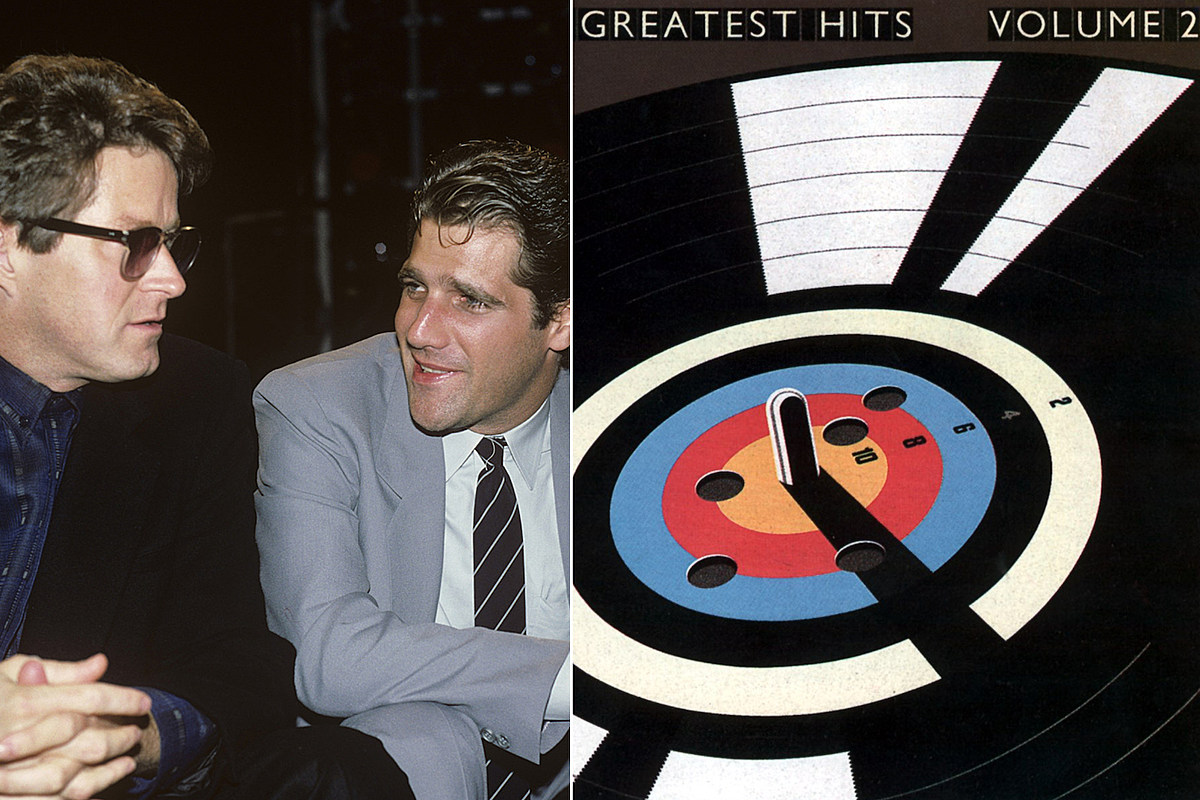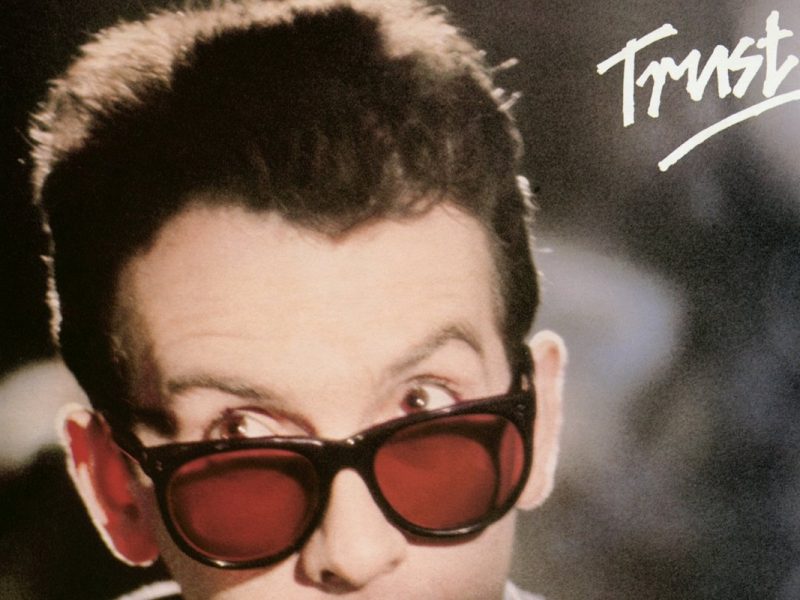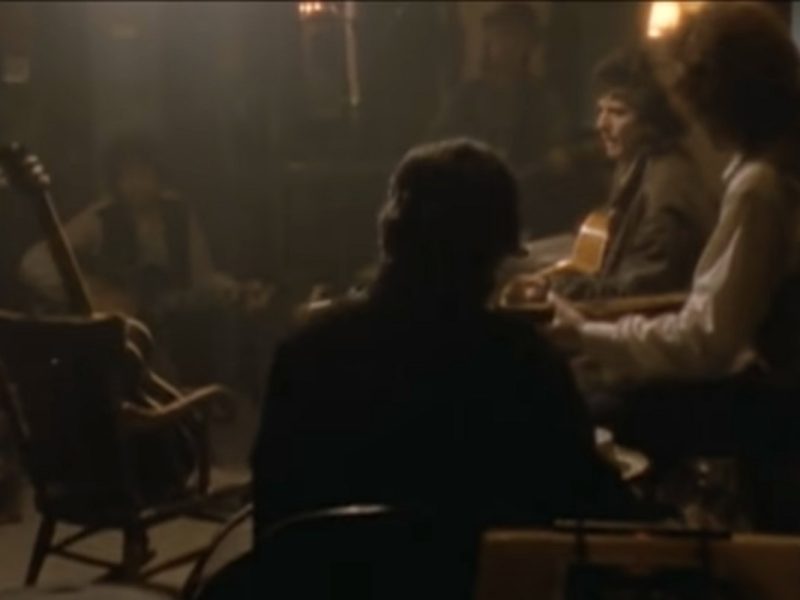Following the Eagles’ spectacular implosion in 1980, the band’s former members — especially principal songwriters Don Henley and Glenn Frey — were eager to put the past behind them and stand on their own two feet as solo artists. So they were none too pleased when they suddenly had to compete with their past selves upon the release of Eagles Greatest Hits Volume 2 on Nov. 13, 1982.
You can’t blame Asylum Records for wanting to milk their now-defunct cash cow. Eagles were in their imperial phase in the second half of the ’70s, buoyed by 1976’s stratospheric Hotel California and its flawed (but still massive) follow-up, 1979’s The Long Run. Even the postmortem, contractually obligated Eagles Live, released in November 1980, went platinum within two months.
And of course, best-of compilations had already proven a lucrative gambit for the band, as 1976’s Their Greatest Hits (1971–1975) earned the first-ever RIAA platinum certification and went on to become the bestselling album of all time in the United States, with sales exceeding 38 million.
Their Greatest Hits (1971–1975) drew a dividing line between Eagles’ country-rock origins and their hedonistic, harder-rocking second act. It only made sense to memorialize that second act, especially with Hotel California functioning as a veritable greatest-hits in itself. So it was no surprise that eight of the 10 tracks on Greatest Hits Volume 2 were culled from the band’s two most recent studio albums up to that point, rounded out by Eagles Live‘s “Seven Bridges Road” and the pointed album closer “After the Thrill Is Gone,” off 1975’s One of These Nights.
It was also fortuitous timing, as Frey had released his debut solo album, No Fun Aloud, in May 1982. The LP went gold off the strength of two Top 40 singles, “I Found Somebody” and “The One You Love.” Henley’s solo bow, I Can’t Stand Still, followed in August 1982 and fared even better thanks to the smash single “Dirty Laundry,” which peaked at No. 3 on the Billboard Hot 100 and pushed the album to sales of roughly 700,000.
Listen to Eagles’ ‘Seven Bridges Road’
These debut album figures would have been cause for celebration for most artists, but Henley and Frey were not most artists; they were ex-members of one of the bestselling rock bands in history, and they felt they still had more to prove. “I sold 650,000 copies or something, which is respectable, I guess, for a first album,” Henley told Analog Planet about I Can’t Stand Still. “I had a gold album and a gold single. … I was moderately satisfied.”
That satisfaction curdled into frustration when Eagles Greatest Hits Volume 2 hit shelves just in time for holidays, with neither Frey nor Henley’s consultation or consent. With its anonymous cover art (a vinyl record repurposed as a shooting target) and slapdash track listing, it bore all the telltale signs of a hastily assembled label cash-grab.
And it worked.
“Don and Glenn were now competing in the charts against the Eagles Greatest Hits Volume 2, released by Asylum/Elektra in time for the 1982 Christmas market, cobbled together from Hotel California and The Long Run,” former Eagles guitarist Don Felder explained in his 2007 memoir Heaven and Hell: My Life in the Eagles (1974–2001). “Despite its lack of direct involvement with the band, it far outsold both solo albums. It was a hard act to follow.”
It didn’t help that Frey and Henley, who chose to be literally faceless during Eagles’ zenith, were now going up against such a well-recognized brand. “The trouble was that, after years of keeping our names out of the newspapers and our faces off Eagles album covers in favor of the artist Boyd Elder’s incredible decorative cattle skulls, no one really knew who Don Henley and Glenn Frey were — or any of us, for that matter,” Felder wrote. “For years, we’d been able to walk around L.A., into restaurants, clubs and theaters, and melt anonymously into the crowd. It is one of the great bonuses of being an Eagle. No one knows what we looked like.”
Although Eagles Greatest Hits Volume 2 only reached No. 52 on the Billboard 200, it enjoyed a long shelf life and was eventually certified 11-times platinum by the RIAA. Yet its popularity would not inspire Eagles to kiss and make up — at least not for a while. When asked in 1980 if his old band would reunite, Henley famously replied, “Yeah, sure, when hell freezes over.” His quip inspired the title of the band’s 1994 live reunion album, their first release since Greatest Hits Volume 2.
Eagles Albums Ranked
The Eagles have been rightly praised for their canny combining of Glenn Frey’s city-slicker R&B with Don Henley’s country-fried rockabilly.
Gallery Credit: Nick DeRiso



